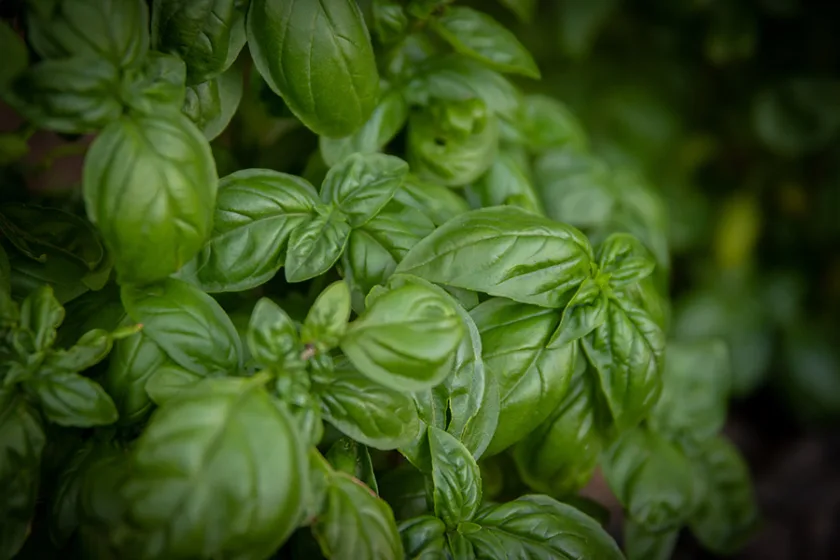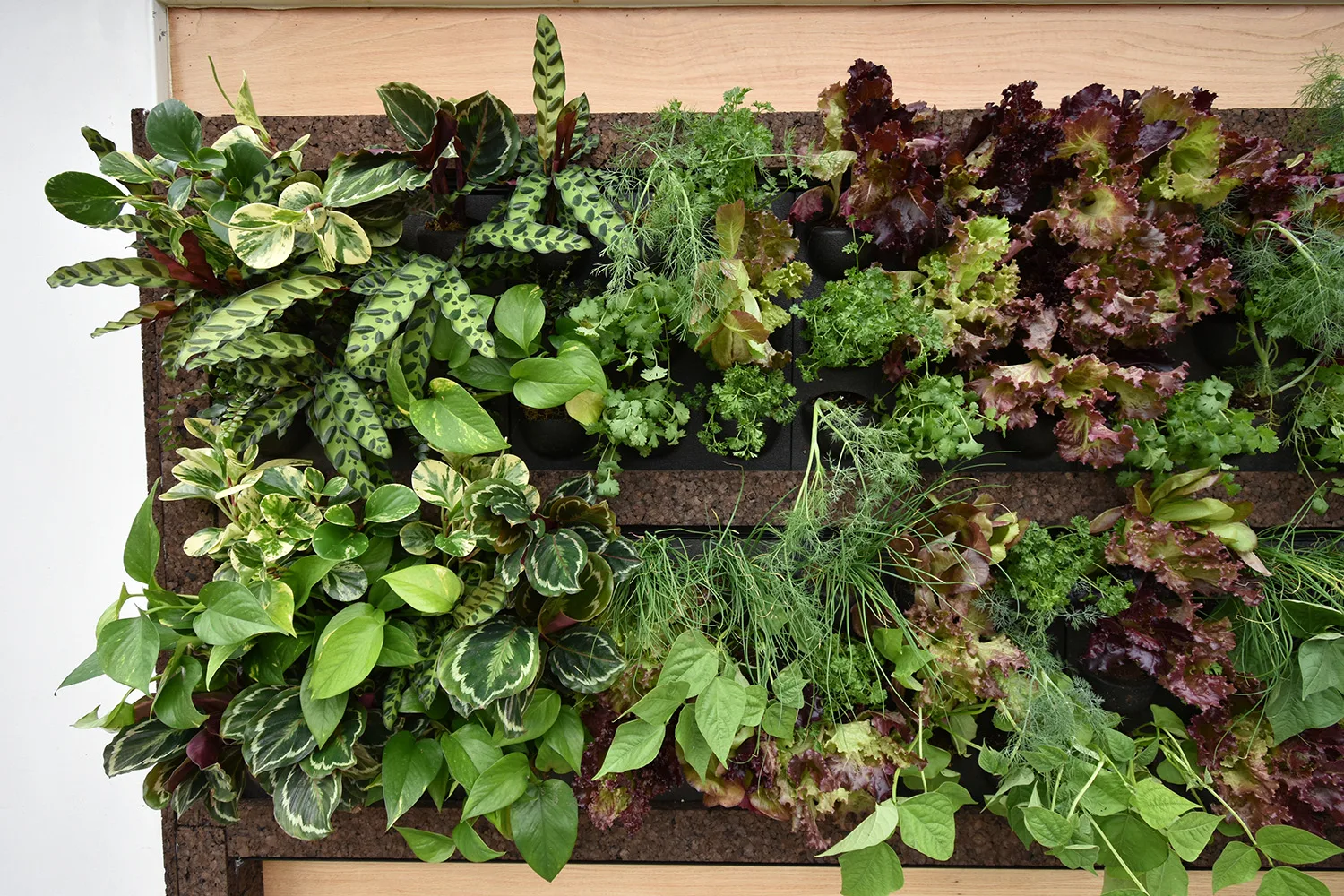In the pursuit of fresh flavors and greenery, garden enthusiasts and foodies alike are turning to an innovative solution that’s as practical as it is picturesque: vertical herb gardens. As urban spaces shrink and the need for nature in our lives grows, these oases of taste not only bring vitality to our homes but also transform how we think about and grow our favorite culinary herbs, and even vegetables.
Can Herbs Be Grown Vertically?
The simple answer is a resounding yes! Vertical herb gardens are not just a possibility but a thriving reality for many gardeners. By growing herbs vertically, you can save on space while still reaping the bountiful flavors and aromas that these plants provide. This method is especially beneficial for those with limited ground space-think apartment dwellers with cozy balconies, or homeowners with petite patios looking to add a dash of nature’s charm. Even an addition to the creative space of your own kitchen could be the perfect space to introduce these highly functional and aesthetic plant walls.
The Best Herbs for Your Vertical Garden

When contemplating what herbs grow best in a vertical garden, consider their growing habits and size. Many herbs are well-suited for vertical planting, with some stars including:
- Basil: This quintessential herb is not only versatile in cooking but also grows well in vertical gardens, as long as it receives plenty of sunlight.
- Mint: Vigorous and hearty, mint thrives in vertical setups, but it’s best kept in separate containers to prevent it from taking over other herbs.
- Thyme and Oregano: These Mediterranean favorites are drought-tolerant and love the good drainage that comes with vertical planters.
- Parsley: With its lush, green foliage, parsley is not only a culinary staple but also a beautiful addition to vertical gardens.
- Chives: These onion-like herbs are perfect for vertical planting, requiring minimal space to flourish.
These herbs not only thrive in confined spaces but also bring a tapestry of textures and colors to your vertical garden, making it as aesthetically pleasing as it is functional. Utilizing herbs such as those listed above can create a multi-sensory experience with its visual captivation and alluring aromas.
Our Vertical Garden Process
Planting herbs vertically is an artful endeavor that combines gardening know-how with the right system and equipment. Here is a look into the process we undergo for our vertical herb and vegetable garden customers:
Choose Your Structure
We use a few different systems when it comes to this product, as it is crucial for us to ensure the right system is used for the intended space, aesthetic, and size. Sharing photos of your space and getting an idea of the size and scope of your project will allow us to recommend the best solution for your needs.
Select Suitable Medium
We opt for high-quality root mediums that ensure good drainage and nutrient retention to ensure thriving growth in your vertical garden with minimal need for intervention. This consideration hinges on our system selection, as different mediums do best in different systems.
Consider Watering Needs
Whether you are looking to have automatic irrigation installed, or want to play a part in the care and watering needs of your vertical herb garden, we provide a solution for you. Automatic irrigation systems and timers are available when we can connect to nearby water access. In other cases where we can not connect to a water line, our systems can allow for the ultimate ease of self-watering.
Plan for Sunlight
Most herbs need 6 to 8 hours of sunlight, so we want to place your vertical garden in a sunny spot or supplement with grow lights.
Regular Maintenance
Maintenance is a natural by-product of embracing the functionality of your vertical herb and vegetable garden. If harvested correctly, your herbs will continue to thrive and grow within their seasonal bounds. We offer living wall maintenance plans for those looking to take a more relaxed approach to care or can prescribe self-care guides for those looking to be more involved.
Potential Drawbacks of Vertical Herb Gardens
While vertical herb gardens are a splendid solution for many, they come with considerations. First, watering can be a challenge; gravity pulls the water down, which can lead to uneven moisture distribution. It’s essential to design your garden so every plant gets its fair share of water. Additionally, the soil in vertical gardens can dry out more quickly, necessitating a vigilant watering schedule. At Vertical Garden Solutions, we utilize systems and construction methods that ensure an even and consistent distribution of moisture throughout the system and work closely with you to ensure your wall remains on the correct watering schedule year-round.
Another factor to consider is the amount of sunlight your vertical setup receives. Not all walls or hanging spaces get enough light, which might limit the types of herbs you can grow. We consult with clients to ensure the right plants are selected for the environmental conditions of the chosen space, as well as make recommendations if the selected spot is not ideal for hosting a vertical herb garden.
A Vertical Flavor Burst
Despite these considerations, the benefits of vertical herb gardens are substantial. They not only optimize limited space but also elevate the beauty of any area, offering a fresh, aromatic interior design solution for those looking to bring more natural appeal to their space. With the right planning and care, these verdant installations can provide a practical, flavorful answer to the modern gardener’s space dilemma, proving that sometimes, the best solution isn’t just at your fingertips-it’s right up your wall!
As we embrace the fusion of functionality and charm, vertical herb gardens stand out as a testament to inventive gardening, transforming how we grow, cook, and enjoy our favorite herbs. So why not start your vertical herb adventure today and taste the difference for yourself?




